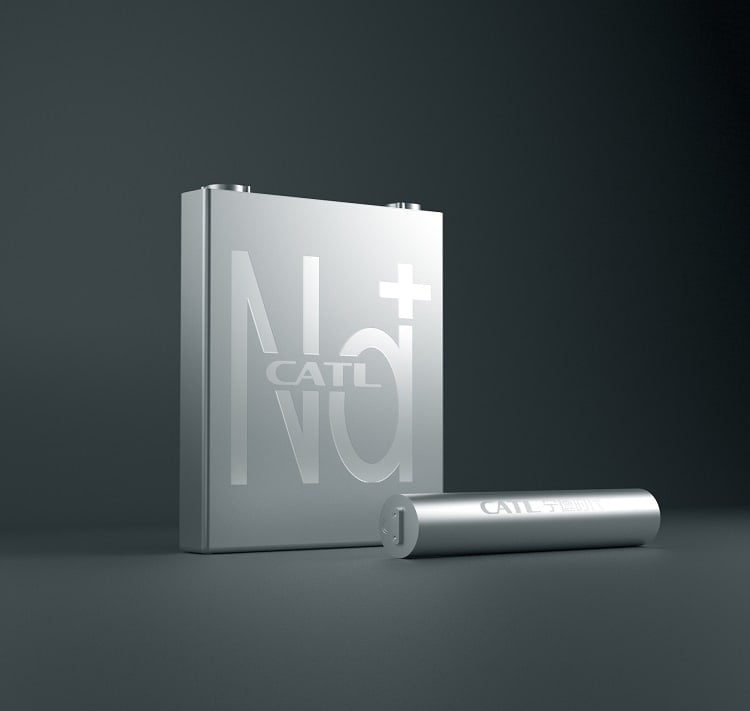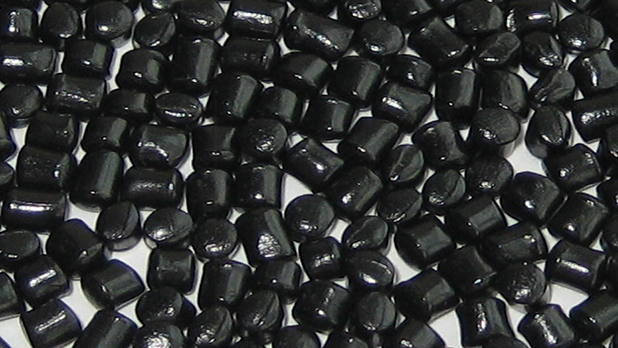
Flexible batteries are emerging as crucial energy storage devices for the future of flexible applications. These batteries address the need for high energy density and safety requirements in various fields. They are particularly vital for flexible and wearable electronics, which have found extensive use in areas such as flexible displays, healthcare devices, portable communications, and e-textiles. Conventional rechargeable lithium-ion batteries face safety concerns due to potential leakage and flammability of organic liquid electrolytes. Flexible solid-state batteries (FSSBs) offer a solution by providing zero leakage, good thermal stability, and excellent mechanical flexibility, making them an essential development for powering these flexible and wearable electronics.
- Solid state batteries are safer because the can not leak.
- Flexible batteries are a key component of flexible electronics.
- Flexible solid state batteries could revolutionize wearables and medical electronics.
The heart of flexibility: Materials and structures
At the heart of these batteries lie flexible materials and innovative structures. The materials employed in the construction of flexible lithium-ion batteries (FLIBs) include carbon nanotubes, graphene, carbon fibres, and conductive polymers for electrodes, alongside solid polymer electrolytes (SPEs) and gel polymer electrolytes (GPEs) for the electrolytes. These carefully chosen materials offer high electrical conductivity, flexibility, and robust mechanical properties.
For instance, carbon nanotubes and graphene enhance electron transfer and increase the contact surface area of the active material, making them central to the high energy density of these batteries. Carbon fibres and carbon cloth, on the other hand, act as flexible and self-supporting substrates for the electrodes. This eliminates the need for binders and collectors, leading to improved mechanical stability and increased energy density.
Designing for flexibility: The structures
Alongside the careful selection of materials, the structural design of FLIBs plays a vital role in their performance and flexibility. Structural designs such as winding electrode FLIBs (WEFLIBs), helical electrode FLIBs (HEFLIBs), parallel electrode FLIBs (PEFLIBs), and coaxial electrode FLIBs (CEFLIBs) have been developed. These structures enable FLIBs to demonstrate excellent bending, twisting, and stretching properties.
WEFLIBs consist of a central axis and wrapping fibres, while HEFLIBs feature positive and negative electrodes wound together in a double helix structure. PEFLIBs involve co-encapsulating parallel positive and negative electrodes in an outer package. These innovative designs provide the batteries with their essential mechanical flexibility, making them ideal for various flexible and wearable electronic applications.
High energy at room temperature: The RT FSSB
One of the recent advancements in the field is the development of high-energy flexible solid-state lithium-ion batteries (FSSBs) that operate at room temperature[. This means the battery can deliver its high energy density without the need for special environmental control, a crucial factor for wearable applications.
The room temperature FSSB (RT FSSB) achieves this high energy density by integrating a hybrid polymer/ceramic/ionic liquid solid-state electrolyte (SSE) between the anode and cathode electrodes. This in situ electrode/electrolyte interfacial integration strategy provides an ultrathin SSE layer, ultralow resistance, superior flexibility, and guarantees high ionic conductivity and compatibility with high-energy cathode materials.
Challenges and the Road Ahead
Despite the considerable progress made, challenges remain. While carbon nanotubes and graphene have shown great potential in enhancing the energy density of the batteries, their high cost makes them difficult to use in industrial applications. Furthermore, combining active materials with these nanomaterials often requires the presence of a binder, which results in a loss of energy density.
Addressing these challenges will require further research and innovation. The development of RT FSSBs with high energy density, low interfacial resistance, and superior flexibility is a significant step towards practical applications of flexible solid-state batteries. As the field advances, flexible lithium-ion batteries are set to play an ever-increasing role in powering the future of flexible and wearable electronics.







